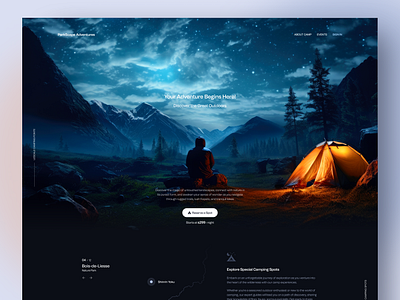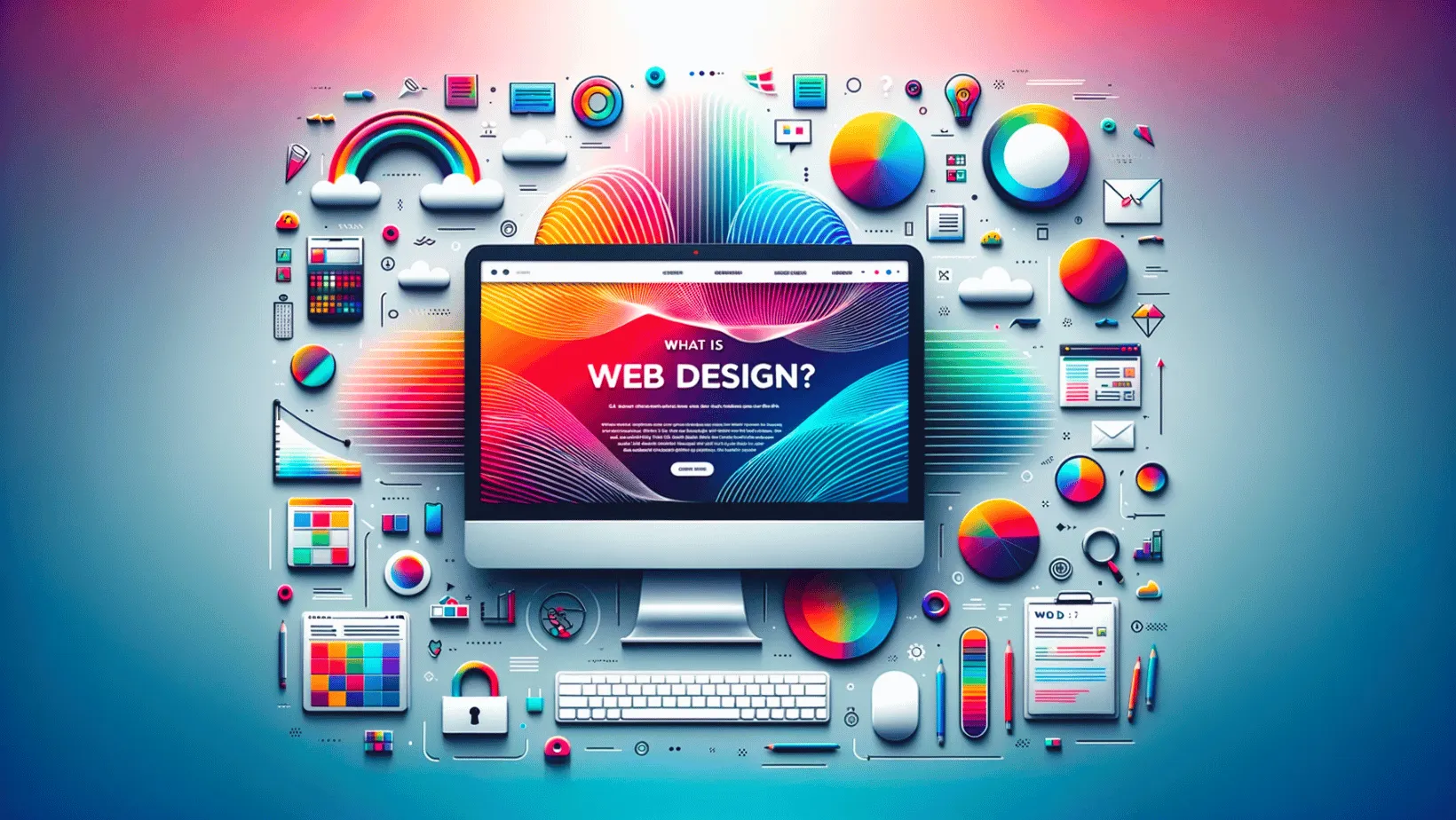How Web Design Affects User Engagement and Conversion Rates
How Web Design Affects User Engagement and Conversion Rates
Blog Article
Elevate Your Online Visibility With Magnificent Web Style Tips and Trends
The interaction of aesthetic allure, present style patterns, and user experience plays a critical function in achieving this goal. The subtleties of reliable layout prolong beyond aesthetic appeals; comprehending essential strategies for optimization can significantly influence your success.
Value of Visual Charm
In today's digital landscape, the aesthetic charm of a site is critical; studies show that 94% of very first impressions are design-related. This statistic emphasizes the essential duty that aesthetics play in user involvement and retention. A well-designed website not just draws in visitors however also urges them to explore its content additionally. Reliable aesthetic design encompasses components such as color design, design, images, and typography, every one of which add to a attractive and natural user experience.
Moreover, a visually enticing site infuses a feeling of reputation and professionalism and reliability. Customers are more probable to rely on a website that looks well-structured and polished, which can significantly influence conversion rates. On the other hand, a unpleasant or cluttered style can bring about high bounce prices, as customers might perceive the website as untrustworthy or outdated.
Additionally, the appearances of an internet site can convey brand identity and values (Web design). Consistent use branding components, such as logo designs and shade schemes, reinforces recognition and fosters a deeper connection with the audience. To conclude, prioritizing aesthetic charm is crucial for creating engaging, trustworthy, and brand-aligned online experiences that reverberate with customers
Present Style Patterns
Modern internet style is continuously developing, and staying upgraded with existing patterns is vital for creating impactful online experiences. One noticeable pattern is the increase of minimalism, characterized by tidy lines, enough white area, and a focus on crucial aspects. This approach not just improves usability yet likewise allows material to take spotlight.
Furthermore, dark mode user interfaces have obtained appeal, supplying users with a visually striking alternative while lowering eye strain. This fad lines up well with user choices, using a modern visual that is both elegant and practical.
An additional significant fad is the incorporation of vibrant typography. Designers are increasingly making use of large, expressive typefaces to develop visual pecking order and share brand messages efficiently. Combined with vibrant color combinations, this fad adds dynamism to website.

Important Layout Aspects
Effective internet layout hinges on numerous important layout elements that together develop a cohesive and engaging customer experience. The initial of these elements is design, which determines how web content is arranged on the page. A well-structured format not just enhances readability but also guides customers through the site effortlessly.
Shade plays a vital duty in design, influencing emotions and brand assumption. An unified color palette can evoke certain sensations and develop a visual power structure, thereby accentuating crucial elements. Likewise, typography is crucial; the selection of typefaces must align with the brand identity and ensure legibility across devices.
Imagery, consisting of graphics and photos, includes visual rate of interest and can interact messages rapidly. High-grade photos go to this website pertinent to the web content improve the general aesthetic and involvement. In addition, whitespace is usually overlooked yet is essential for developing equilibrium. It assists stop clutter, allowing customers to concentrate on the crucial aspects without disturbance.
Finally, uniformity across all layout aspects reinforces brand name identity and makes navigating intuitive. By diligently integrating these important layout aspects, internet designers can develop visually attractive and useful websites that captivate site visitors and urge communication.
User Experience Optimization
A smooth customer experience is vital for keeping site visitors and driving conversions on a site. Maximizing user experience (UX) includes recognizing your audience and tailoring layout elements to meet their requirements effectively. Secret parts of UX optimization consist of intuitive navigating, quickly loading times, and clear contact us to activity.
To boost navigation, guarantee that food selections are arranged realistically and easily accessible from any type of web page. Incorporate breadcrumb trails to assist customers conveniently backtrack, reducing frustration. Speed is one more essential variable; websites should pack within three seconds to stop customers from deserting the website. Utilize tools like image compression and browser caching to maximize load times.
Additionally, your web site's style ought to prioritize clarity. Use understandable typefaces, contrasting shades, and whitespace to produce a visually appealing layout that overviews customers with material effortlessly. Contact us to action ought to be prominently displayed, using workable language that motivates individuals to engage.
Mobile Responsiveness Strategies
Nearly half of all internet website traffic now stems from smart phones, highlighting the significance of executing robust mobile responsiveness methods. To make sure optimal individual experience across different display dimensions, web designers must welcome a fluid grid layout that adjusts perfectly to different tools. This method allows web content go now to reorganize and resize without endangering performance or appearances.
Integrating flexible pictures and media questions is necessary. Images need to automatically readjust their size according to the viewport, while media inquiries can spot tool qualities go to this website and use tailored CSS designs accordingly. This method enhances load times and makes sure that customers have an aesthetically appealing experience.
In addition, focus on touch-friendly navigation aspects. Buttons and links ought to be conveniently tappable, with adequate spacing to stop misclicks. Staying clear of hover-dependent interactions additionally boosts usability on touchscreens.
Finally, performing routine testing across numerous tools and web browsers is important. Devices like Google's Mobile-Friendly Test can assist determine locations requiring renovation. By adopting these mobile responsiveness techniques, services can boost user engagement, boost online search engine positions, and inevitably drive conversions, thereby raising their on the internet existence successfully.
Verdict
By prioritizing aesthetic charm through existing style fads and essential components, services can foster reliability and involvement. Enhancing user experience and making certain mobile responsiveness are important for assisting in seamless communication across tools.

Conversely, a unpleasant or messy layout can lead to high bounce rates, as customers may regard the web site as untrustworthy or out-of-date. - Web design
Reliable web design pivots on numerous important layout elements that together produce a natural and interesting individual experience. Maximizing user experience (UX) involves comprehending your target market and customizing design elements to meet their requirements successfully.
Report this page